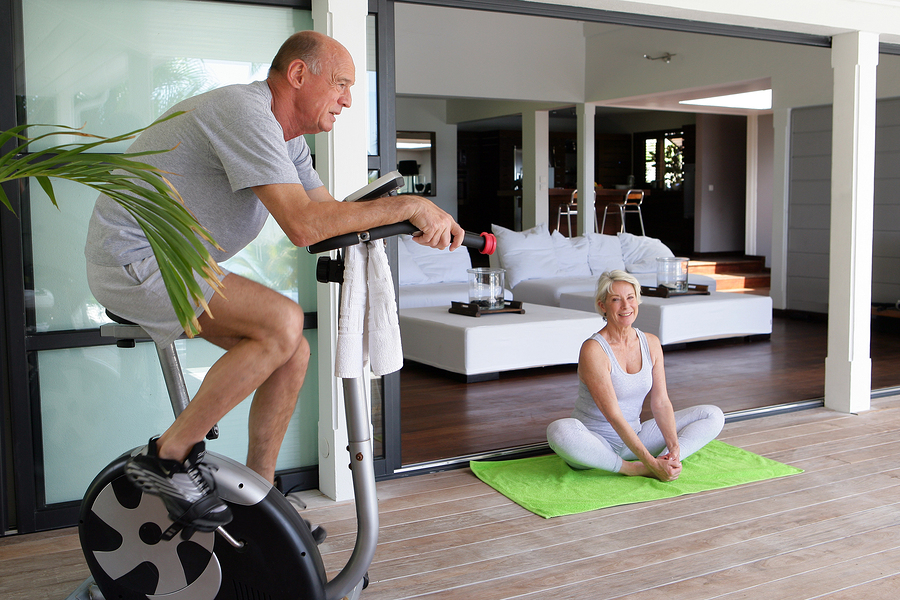 Researchers from McMaster’s University in Canada used genetically altered mice to show how regular exercise can drastically reduce aging. The mice were genetically modified to age faster. In the study, some mice were forced to do regular exercise and did not age prematurely. Another group of mice that had the aging mutation did not exercise. They aged quickly as the mutation played out its course in this sedentary population.
Researchers from McMaster’s University in Canada used genetically altered mice to show how regular exercise can drastically reduce aging. The mice were genetically modified to age faster. In the study, some mice were forced to do regular exercise and did not age prematurely. Another group of mice that had the aging mutation did not exercise. They aged quickly as the mutation played out its course in this sedentary population.
According to the study, the exercise not only kept the experimental group of mutated mice looking young on the outside, but also an organ analysis revealed that the mice that were given the exercise regimen had healthier internal organs.
The American Academy of Family Physicians (AAFP) reports that in humans, exercise in older patients can make equally impressive improvements in health. According to their guidelines, combining flexibility training, resistance training, aerobics and lifestyle modification can go a long way towards slowing down the effects of aging and improving quality of life.
Another piece of good news is that the AAFP also reports that beginning an exercise program in the golden years can still reduce chronic health conditions even if seniors were not active in their youth. In addition to increasing physical activities and modifying lifestyle habits to support longevity, becoming more holistically healthy can boost immunity and save healthcare dollars.
For doctors and other medical professionals who are looking for prescription guidelines for helping patients establish a fitness routine, there are recommendations on the AAFP website. As a result of the movement toward a more active lifestyle for seniors, healthcare practitioners are prescribing exercise as part of a holistic treatment plan. Registered nurses, medical assistants and nurse practitioners all have a supportive role to play encouraging patients to be more active and engage in physical fitness across the lifespan.









